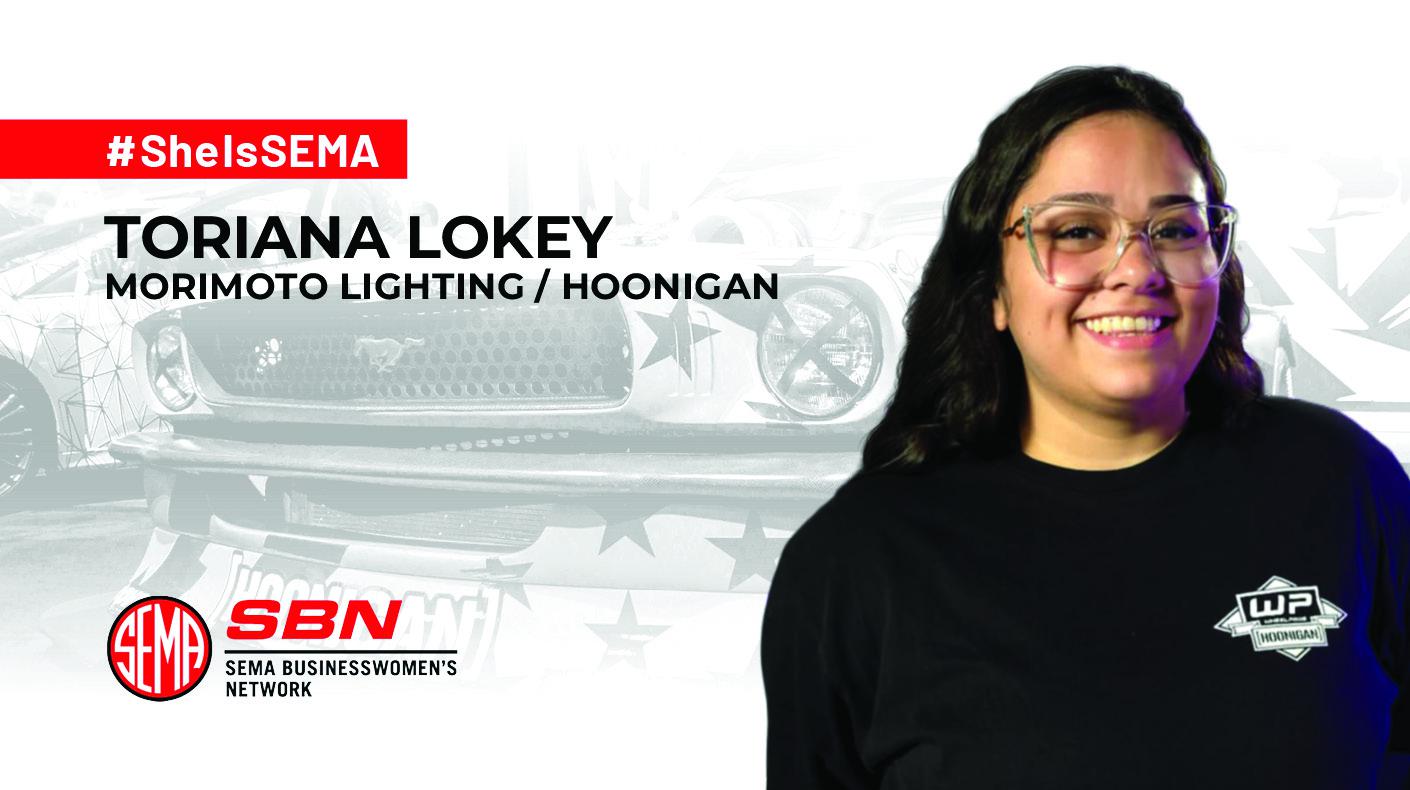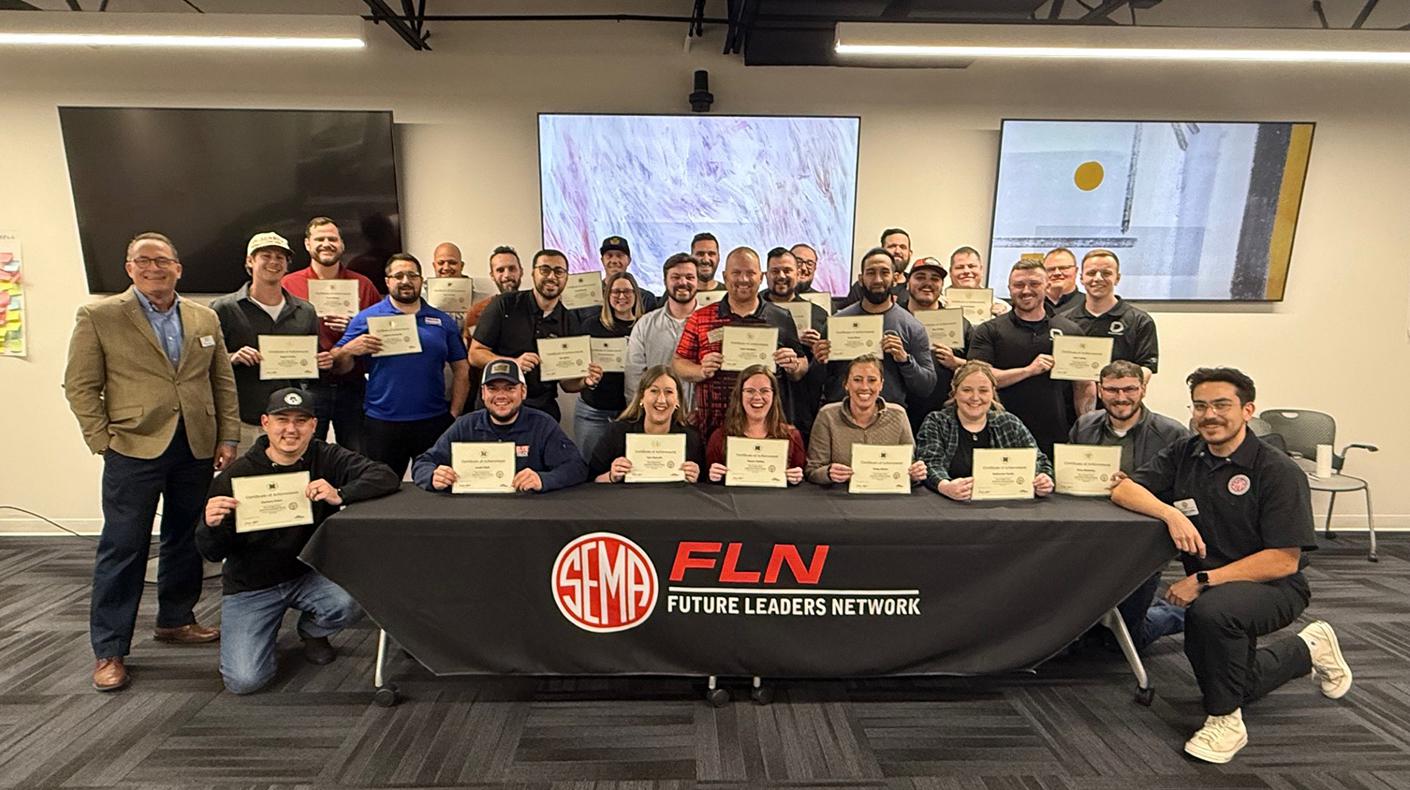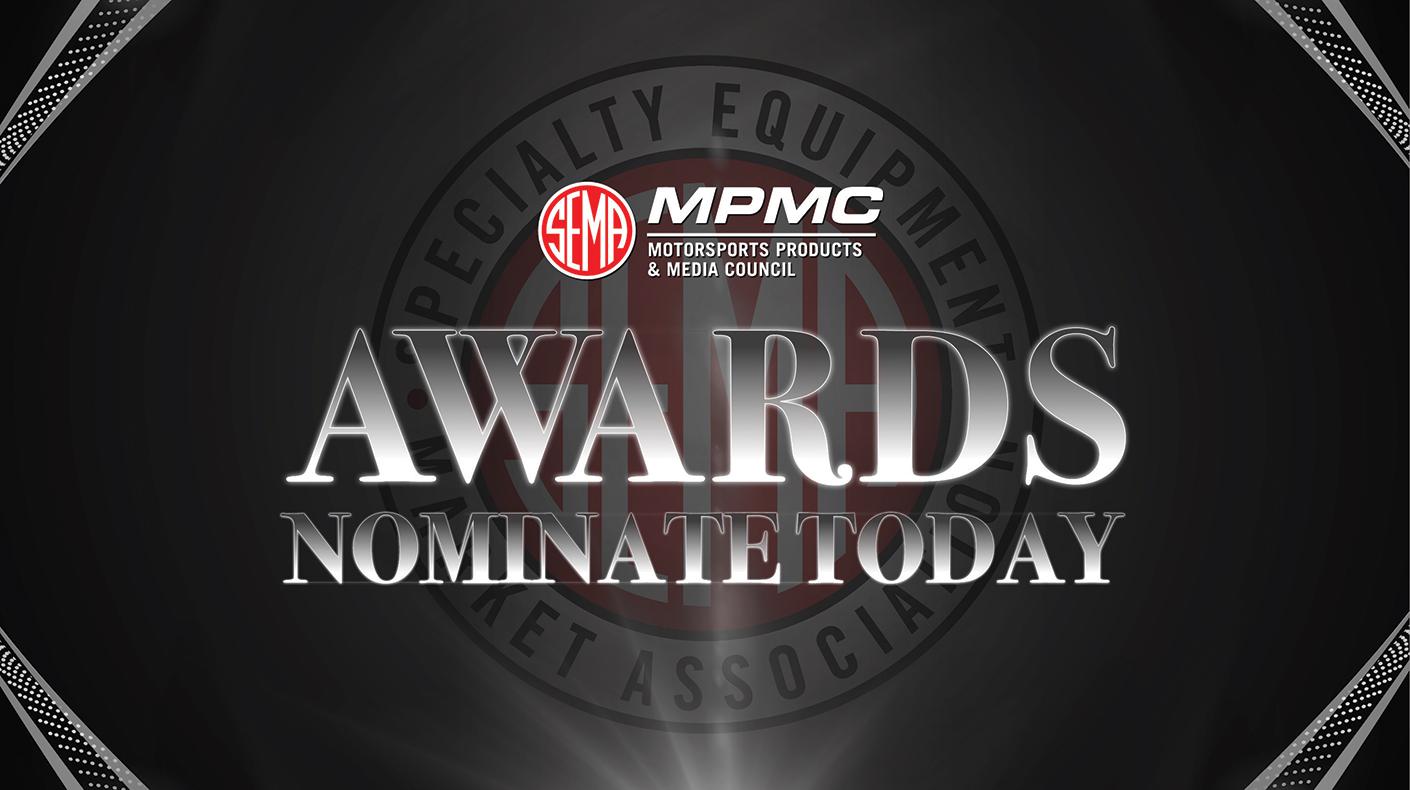A rule issued in 2008 by the U.S. Environmental Protection Agency (EPA) to regulate certain auto body refinishing operations took full effect on January 10, 2011. The rule targets metal compounds emitted as hazardous air pollutants (HAPs) during paint coating or stripping operations. The compounds include chromium, lead, manganese, nickel and cadmium.
The EPA rule establishes “best practices” (spray booth, spray gun cleaning, etc.) for minimizing HAP emissions during surface coating operations. All shops are effectively required to have a filtered spray booth or prep station and use high-volume, low-pressure (HVLP) or equivalent spray equipment. Owners and operators are required to provide training for their painters on how to properly spray surface coatings and clean equipment.
Companies subject to the rule must send the EPA a one-time notification form stating that they are in compliance with the rule by March 11, 2011. Click here for the compliance form. (Companies were required to contact the EPA by January 11, 2010, informing the agency that they were subject to the standard. Click here for the initial notification form.
The regulation does not apply to paint stripping and surface coating performed by individuals as part of a hobby, or for maintenance of their personal vehicles so long as those activities do not exceed two motor vehicles (or the equivalent in pieces) per year. Additionally, the rule does not apply to painting done with an airbrush or hand-held non-refillable aerosol cans.
Click here for a summary of the rule. For additional information, contact Stuart Gosswein at stuartg@sema.org.






